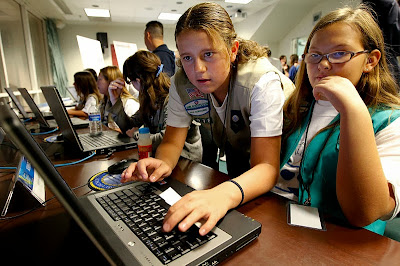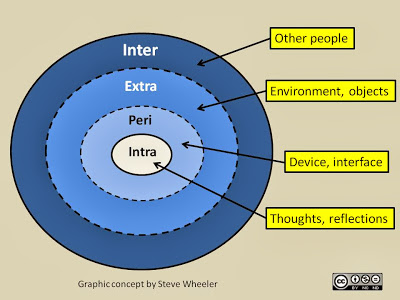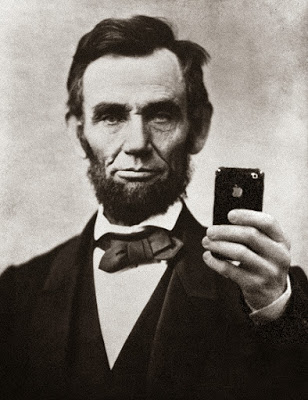My colleague Oliver Quinlan wrote a very thoughtful post about praxis. He argued that the theoretical models we learn, and the skills we acquire as teachers, are inextricably entwined. They influence each other, and in effect, become a part of who you are, your identity as an educator. He writes:
"...your theoretical framework influences your practice, but your experience in the classroom also continues to shape your framework; the two are not separate."
Others have also written eloquently about praxis. The Brazilian educator and theorist Paulo Freire for example, defined the gaining of praxis as a means to emerge from oppression and ignorance:
"One of the gravest obstacles to the achievement of liberation is that oppressive reality absorbs those within it and thereby acts to submerge human beings' consciousness. Functionally, oppression is domesticating. To no longer be prey to its force, one must emerge from it and turn upon it. This can be done only by means of the praxis: reflection and action upon the world in order to transform it." (Freire, 1970: 33).
Freire is concerned with liberty from oppression. This oppression takes on the form of ignorance as much as it does chains, or prison bars, or walls of a ghetto. He is saying that praxis gives us the awareness, or consciousness of where we are. A realisation of the predicament we are in. It is an awakening to the reality, and a call for action to do something about it. Knowing, and then doing something based on that knowledge, is a powerful response. But it's not as simple as that. Consider the following passage:
"We can now see the full quality of praxis. It is not simply action based on reflection. It is action which embodies certain qualities. These include a commitment to human well being and the search for truth, and respect for others. It is the action of people who are free, who are able to act for themselves. Moreover, praxis is always risky. It requires that a person 'makes a wise and prudent practical judgement about how to act in this situation' (Carr and Kemmis 1986: 190)."
Theory without action is just theory. Hot air. Action without theory can be just as hollow. How can you justify your actions and decisions in the classroom, if you have no theory to support you? The best equipped teachers are those who are best informed. The best way to use theory is to test it out in practice. The most effective teachers are those who not only innovate in their practice, but also know how to justify their actions through the application of appropriate theory. Praxis is the contextualisation of theory within action. It can, and should pervade every aspect of our professional practice and identity as an educator. It's time to stop thinking about theory and practice as separate concepts. It's time teachers began to meld the two together, so that thinking and action - theory and practice - combine to enable us to create, develop and maintain the best possible learning environments for our students. That's how important praxis is.
References
Carr, W. and Kemmis, S. (1986) Becoming Critical. Education, knowledge and action research, Lewes: Falmer Press.
Freire, P. (1970) Pedagogy of the Oppressed. London: Penguin Books.
Photo by Steve Wheeler

Praxis makes perfect by Steve Wheeler is licensed under a Creative Commons Attribution-NonCommercial-ShareAlike 3.0 Unported License.








